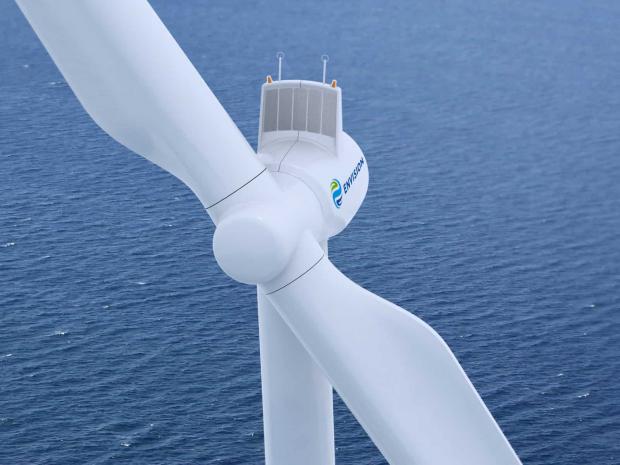
Breaking News
 Imagine All the People: Food, Freedom and What It Means To Be Human
Imagine All the People: Food, Freedom and What It Means To Be Human
 Long-term aspartame intake sabotages brain and heart function
Long-term aspartame intake sabotages brain and heart function
 NonConformist Series: Practical Wealth - Join us virtually Dec 29-30, 2025
NonConformist Series: Practical Wealth - Join us virtually Dec 29-30, 2025
 New bill would allow private citizens to fight cartels: 'WE ARE UNDER ATTACK'
New bill would allow private citizens to fight cartels: 'WE ARE UNDER ATTACK'
Top Tech News
 Perfect Aircrete, Kitchen Ingredients.
Perfect Aircrete, Kitchen Ingredients.
 Futuristic pixel-raising display lets you feel what's onscreen
Futuristic pixel-raising display lets you feel what's onscreen
 Cutting-Edge Facility Generates Pure Water and Hydrogen Fuel from Seawater for Mere Pennies
Cutting-Edge Facility Generates Pure Water and Hydrogen Fuel from Seawater for Mere Pennies
 This tiny dev board is packed with features for ambitious makers
This tiny dev board is packed with features for ambitious makers
 Scientists Discover Gel to Regrow Tooth Enamel
Scientists Discover Gel to Regrow Tooth Enamel
 Vitamin C and Dandelion Root Killing Cancer Cells -- as Former CDC Director Calls for COVID-19...
Vitamin C and Dandelion Root Killing Cancer Cells -- as Former CDC Director Calls for COVID-19...
 Galactic Brain: US firm plans space-based data centers, power grid to challenge China
Galactic Brain: US firm plans space-based data centers, power grid to challenge China
 A microbial cleanup for glyphosate just earned a patent. Here's why that matters
A microbial cleanup for glyphosate just earned a patent. Here's why that matters
 Japan Breaks Internet Speed Record with 5 Million Times Faster Data Transfer
Japan Breaks Internet Speed Record with 5 Million Times Faster Data Transfer
European EcoSwing Builds First Full Scale Superconductor Wind Turbine

The new generator is 4 meters in diameter, 1.5 meters smaller than a conventional one. It sits inside an 88 meter tall 3.6MW turbine in Thyboron, Denmark.
The magnets made from a composite tape with a ceramic superconducting layer: gadolinium–barium–copper oxide (GdBaCuO). The superconducting layer sits on a steel ribbon for flexibility and strength.
The superconducting tape is protected from metal poisoning by layers of magnesium oxide and silver. The magnesium oxide also acts as a template for the precise crystalline structure needed by the GdBaCuO. An outer copper layer offers electrical and thermal stabilization. Tens of kilometers of this tape sits inside the new wind turbine.
A conventional wind generator making 1MW of power will have about one tonne of neodymium in its magnets. The superconductor uses about 1 kilogram of the rare earth gadolinium. It costs just $18.70/kg (£14.50/kg) of gadolinium oxide versus $45.50/kg of neodymium oxide.

 Advanced Propulsion Resources Part 1 of 2
Advanced Propulsion Resources Part 1 of 2

